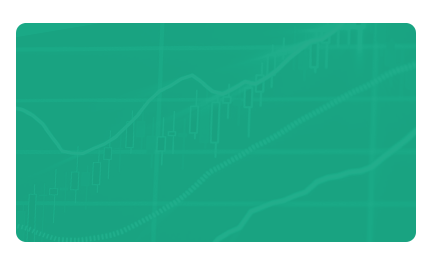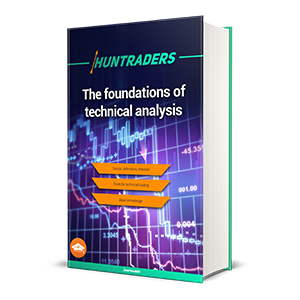When trading stock, one may see market indicators the most frequently, because these ratios can give a quick yet comprehensive overview of the firm assessed. Market indicators involve constantly changing market prices. Hence the ratios follow the movements of the price of the shares.
Market indicator types:
- Market capitalisation
- Earnings per Share (EPS)
- Price per Earnings (P/E)
- Price per Book Value (P/BV)
- Dividend yield
Market capitalisation
Market capitalisation is the number of the company’s shares multiplied by the actual price of the share on the stock exchange. In other words, it shows the valuation of the company by the group of shareholders.
Earnings per Share (EPS)
Earnings of the company is publicly available data, accessible in company-related materials (such as the quarterly or yearly financial reports). EPS is calculated as the earnings divided by the number of outstanding shares on the market. By looking at the EPS, one can see value of earnings generated by the firm per one piece of share.
Price per Earnings (P/E)
P/E is the ratio of the actual stock price and the EPS. When calculating P/E, usually the next (or the upcoming) period’s forecasted EPS is used. The EPS forecasts can be obtained from the firm itself or from the continuous forecasts made by the analysts of brokerages. Simply put, P/E is a ratio, indicating how many times higher is the price of the share compared to the earnings of that one share. From this number, any trader should be able to assess whether the stock is under- or overpriced in that moment.
Price per Book Value (P/BV)
If all assets are sold and then all debts of the firm are paid, the remaining amount of money is the property of the shareholders. The market value of the shares are usually higher than the book value of the shares. However, it is up to the trader to decide from what ratio is it worth to invest in a company. If the P/BV ratio is smaller than 1, then the firm is under-priced, as the market value of the share is less than the value of the company’s assets.
Dividend yield
Dividend yield is the ratio of the expected dividend per share and its market value. Corporations usually have predictable dividend policies: they only distribute a given percentage of the net profits as dividends. With this practice, firms assign further capital to further expansion.



















